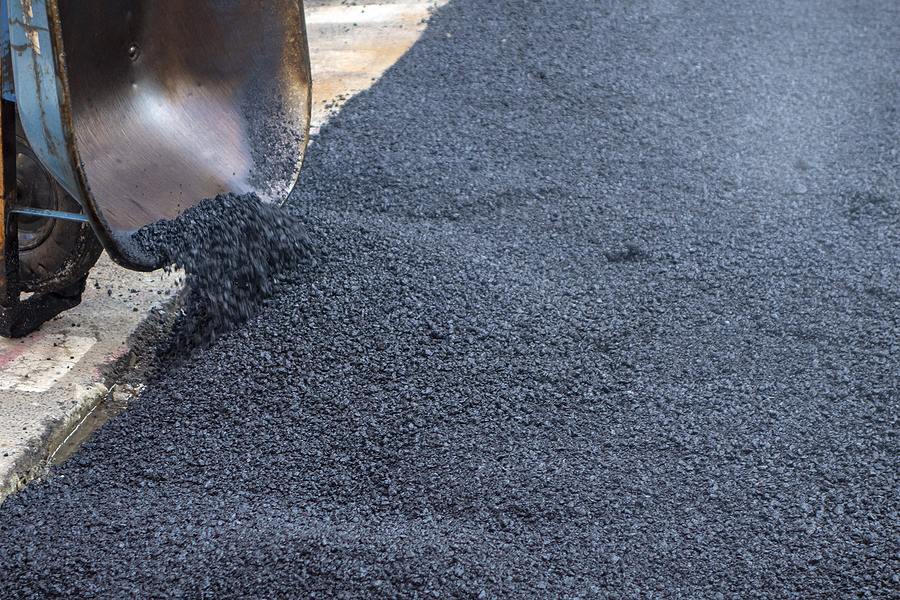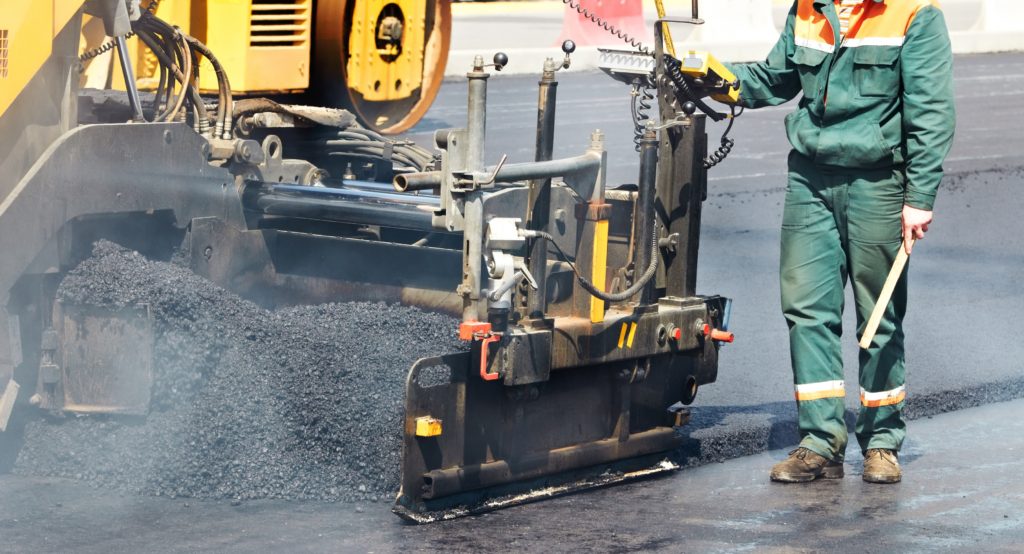There are plenty of workable options when it comes to renovating an existing concrete foundation. But most options are not DIY friendly, leaving many busy proprietors tempted to simply cover it with freshly-paved asphalt. Is this possible? Are there risks to doing so? Continue reading to learn what to expect if you decide to pave over concrete with asphalt, including the common side effects that might arise.

Is it Possible to Pave Over Concrete With Asphalt?
Yes, it is possible to pave over concrete with asphalt. As it turns out, concrete is a suitable base material, and will provide a stable and strong foundation for additional layers of building materials or structures. As for asphalt, a concrete base provides the perfect conditions for excellent asphalt compaction, which is important for ultimate pavement function, appeal, and longevity.
However, there are certain factors that you should consider before moving forward with your pavement overlay. Here are a few likely scenarios:
▶ Unstable Soil – If the concrete was not originally paved over stable soil, the unstable soil conditions will likely impact any new layers of pavement poured on top, whether asphalt or more concrete. Slabs will pivot at their expansion joints, and eventually move with traffic, causing heaves, depressions, cracks, and more; quite a bumpy ride, needless to say.
▶ Expansion Joints – On the topic of concrete expansion joints, they have the tendency to shift overtime. When this happens, cracks can form in the concrete base, and anywhere there is a crack in the concrete base, a crack will form in the same place in the asphalt. This is known as reflective cracking.
▶ Fatigued Cracking – A scattered series of interconnected crack lines in pavement is called fatigued cracking. The structural failure of an HMA (hot asphalt mix) surface or stabilized base is generally caused by repetitive loading and heavy traffic. Overall, inadequate structural support is the common cause of fatigued cracking.
Trust a Professional Asphalt and Concrete Contractor for Advice
Call ACI Asphalt and Concrete Inc. at 317-549-1833 for commercial and large-scale asphalt and concrete paving in Indianapolis, Indiana. Owner Lindsey Lewis, and his team of licensed and insured pavers, provide a wide range of asphalt and concrete paving services for commercial, industrial, and municipal properties. Request a free estimate, today.


